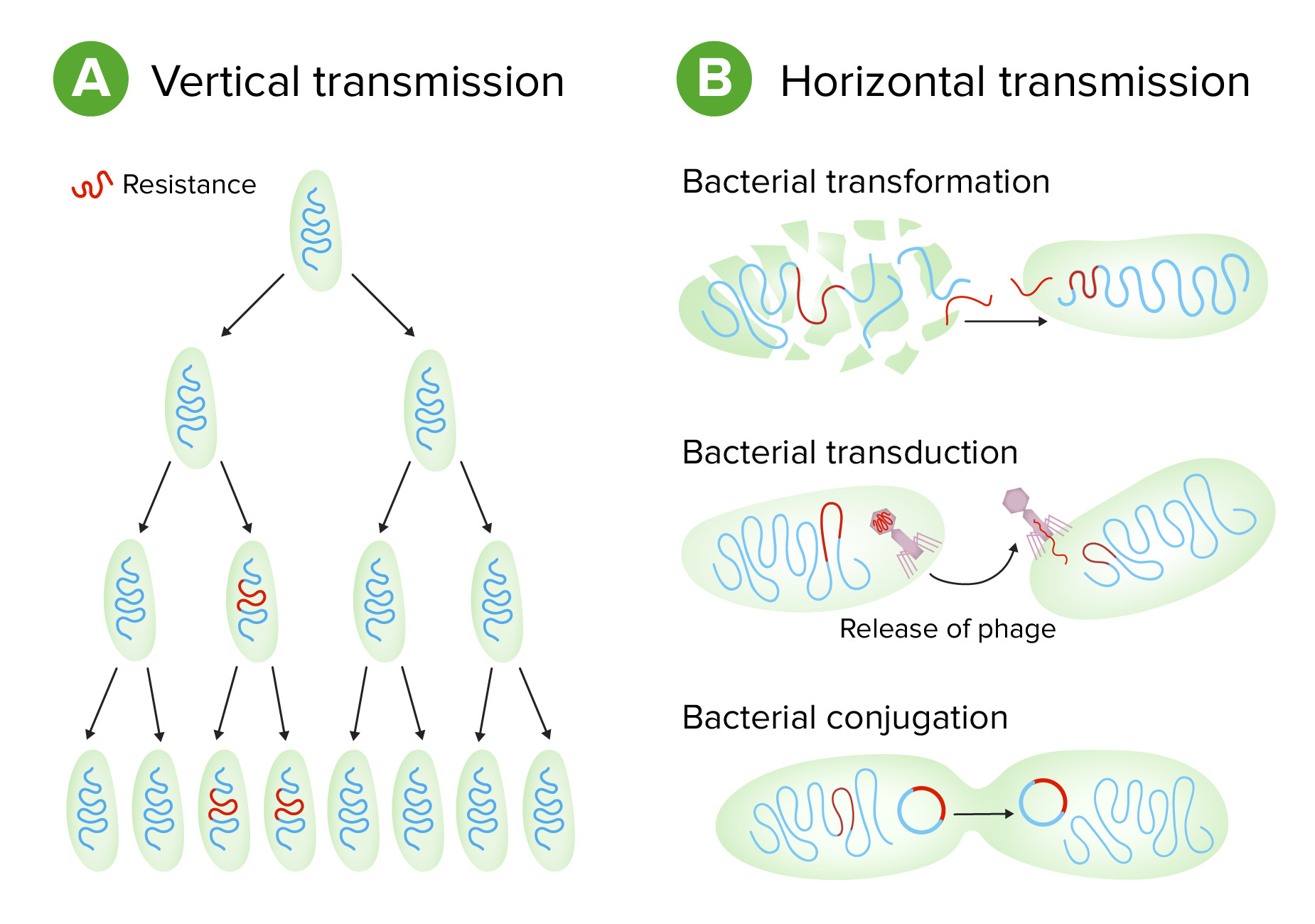Playlist
Show Playlist
Hide Playlist
Harnessing Bacteria – Bacteria
-
Slides 02 Bacteria MicrobiologyBasic.pdf
-
Download Lecture Overview
00:01 Each of the major elements of living matter, which include carbon, nitrogen, sulfur and phosphorus, exists in what we call biogeochemical cycles. That is they go from different forms of matter and that's important for maintaining them on earth. Microbes are indispensable participants in these cycles. For each of these elements there is a separate cycle, but let me illustrate just one of them for you and that's what's called the sulfur cycle. 00:32 Let's start at the bottom of this cycle, where we have what's called elemental sulfur, represented as S. There are bacteria called sulfur oxidizing bacteria, that convert elemental sulfur to sulfate and that’s needed so it can be used by animals and plants. We can't use elemental sulfur, but we take advantage of the fact that bacteria can produce a form sulfate that we can use. So then animals take up these sulfates, as do plants. When these animals and plants die, that sulfur which has been incorporated into various molecules, in the animals and the plants has to be recovered, it has to be recycled, otherwise we would run out of sulfur and there are bacteria that can do that, they can produce reduced sulfur in the form of hydrogen sulfide or pyrite, which in turn can be used by more bacteria, photosynthetic bacteria to go back to the beginning of the cycle and make elemental sulfur. So you can see how sulfur is used and recycled over and over again by these bacteria. There are also bacteria called sulfate-reducing or sulfur-oxidizing bacteria that can cross from sulfate to reduced sulfur in pyrites. That's just one example of how bacteria are essential indispensable participants in the global recycling of major elements on earth. 02:01 We also know that bacteria can help us in many ways; we harness them in so many interesting ways. We use bacteria for food production, the great cheeses and yogurts and pickles, vinegar, sauerkraut, just to name a few, are all made with bacterial processes. Next time you eat some great cheese you should thank the bacteria for it. We use enzymes from bacteria to produce so many things. An example enzymes from bacteria are used to convert cornstarch to high fructose corn syrup. The component of all those sodas that everyone seems to love, high fructose corn syrup is made with a bacterial enzyme. We use bacteria to make a variety of medicinal products like antibiotics, probiotics and therapeutic proteins. We treat waste with bacteria, sewage disposal, composting uses bacteria, bioremediation. If there's an oil spill we put bacteria in it to get rid of the oil. We even use bacteria for mining. There are certain bacterial products that help remove metals from various ores, and we also use bacteria for making fuel, the ethanol that's present in many fuels is a product of bacterial fermentation.
About the Lecture
The lecture Harnessing Bacteria – Bacteria by Vincent Racaniello, PhD is from the course Microbiology: Introduction.
Included Quiz Questions
What is the chemical composition of pyrites?
- FeS2
- H2S
- S
- SO4
- SO2
Customer reviews
5,0 of 5 stars
| 5 Stars |
|
1 |
| 4 Stars |
|
0 |
| 3 Stars |
|
0 |
| 2 Stars |
|
0 |
| 1 Star |
|
0 |
That's so great! The lecture is so simple to understand. Thanks PhD!




